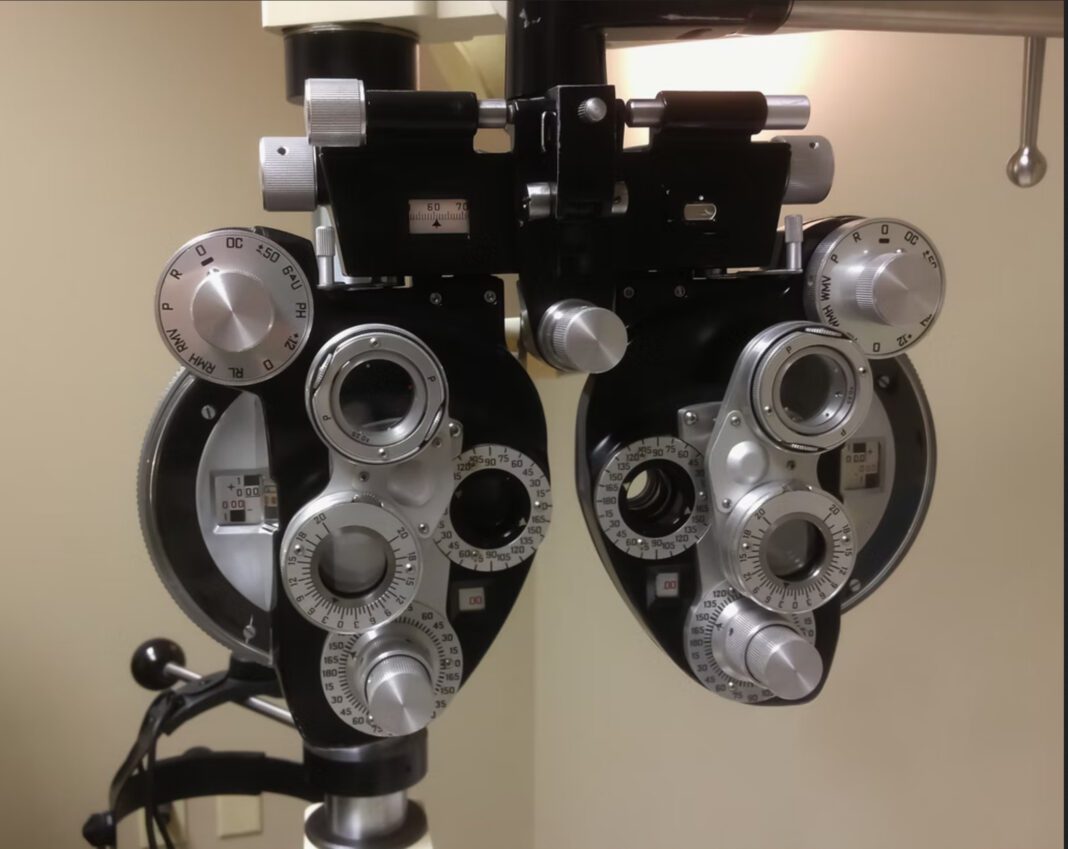The COVID-19 pandemic affected millions worldwide. It destroyed lives and ruined livelihoods. The pandemic also disrupted the economy in ways we could not imagine. From tourism to the service industry, COVID spared none. Even the healthcare and medical equipment sector took a hit, especially the ophthalmic equipment market.
During the early stages of the pandemic, ophthalmic patient referrals were down to 58%. Surveys conducted in various parts of the world suggested that 80% of the people were afraid to visit these practices. Most of these people thought that visiting an ophthalmologist was not worth taking the risk of getting infected with COVID. Thus, the demand for eye care at that time came down drastically.
At the same time, those who wanted to open new ophthalmic practices were feeling discouraged to do so. Hence, the demand for ophthalmic equipment also fell. Issues with the global supply chain and shortage of raw materials also led to lower production of ophthalmic equipment.
However, things have started to improve since then. The ophthalmic equipment market is recovering fast, and hopefully, 2022 will be the year it completes its recovery. So what trends can we expect from the ophthalmic equipment market in 2022? Let us find out.
Increase in Demand for Surgical Products and Equipment
As the global vaccination drive continues, COVID is no longer as big of a threat as it once was. That means people can once again visit hospitals and practices to get treatment. That in turn will increase the demand for surgical products and equipment.
There will be an initial delay in these surgical procedures because of the Omicron variant. Once that threat dies down a little, things will start getting back to normal. And as more people sign up for surgeries and complicated medical procedures, medical equipment will see an increase in demand. That includes the ophthalmic sector as well.
Increase in Market Value and More Benefits for PECAA Members
In 2019, the global ophthalmic equipment market had a value of over $53,000 million. Research suggests that this value will increase to over $66,000 million by 2027. That is a CAGR increase of 4.2%, which is quite astounding given that this industry was suffering just a couple of years ago.
TOPCON Corporation and ZEISS International are two of the biggest players in the ophthalmology equipment market today. Both of these companies are likely to grow during these five years from 2022 to 2027. In return, ophthalmology practices that buy equipment from them are likely to be benefitted as well.
Also, both TOPCON and ZEISS are affiliated with PECAA – Professional Eye Care Associates of America. That means optometrists, ophthalmologists, and practices associated with PECAA can reap several benefits from this affiliation. PECAA is always looking to help its members grow their practices. Through its regional events and online community support, the organization has been helping ophthalmic practices all over the US develop themselves.
Since TOPCON and ZEISS are their equipment partners, PECAA can surely get its members the much-needed technical support and equipment insight from these companies. And if the circumstances are right, PECAA members can also enjoy discounts or extended warranties.
Some Optometric Instruments will Have Greater Demand
Eye care will have a growing demand in 2022. And to meet this demand, practices need to deploy additional equipment.
However, since the initial care or checkup does not require a lot of high-end machinery, practices will make do with the basics. That means they will purchase more primary checkup instruments to cater to the growing number of patients.
Tonometers, vision screeners, autorefractors, and phoropters will have the greatest demands in this regard. Optometrists use these instruments to do primary checkups, provide primary eye care, run tests, and suggest further treatment. In having more of these instruments, practices do not have to worry about people missing out on emergency appointments because of the lack of primary treatment facilities. Instead, they can deploy these instruments to the care of short-term or non-emergency patients.
A rise in Demand for Used Equipment
In case you didn’t know, the world is currently growing through a shortage of silicon. That in turn means there is a shortage of chips. Semiconductor engineering is going through a hard time, and the optometric equipment industry is likely to take some of that hit.
While production of these instruments will eventually improve, many might not have the means to afford new machines and newer models. Hence, we will see many of them opt for used ones.
Practices affiliated with associations like PECAA will not have to worry about not being able to purchase newer instruments. They will have the backing and resources to buy new ones. However, those who cannot afford such resources or the money will have to settle for used optometric equipment.
So far, these are some of the most common optometric equipment trends you will notice in 2022. As you move further into the year, you will start noticing more trends popping up. Hopefully, as the COVID situation improves, these trends will bring positive changes to the optometry industry.
